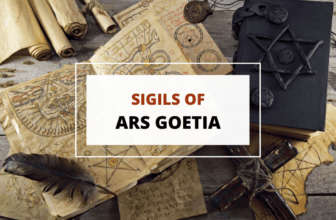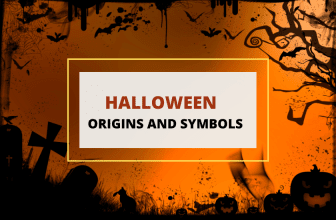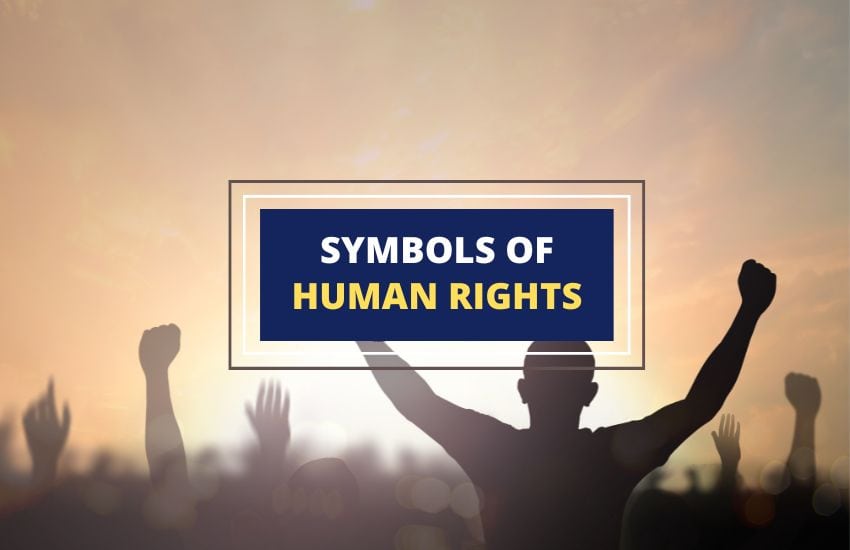
Table of Contents
Symbols have the power to transcend language, culture, and geographical barriers, becoming universal emblems for human rights. These symbols embody the spirit of human rights, representing the ongoing fight for dignity, justice, and equality for all individuals.
From the iconic peace sign to the scales of justice, human rights symbols have become visual cues for social justice movements worldwide. This article explores ten powerful symbols of human rights, their origins, and their impact on the global struggle for basic freedoms and human dignity.
1. Amnesty International Candle

The Amnesty International Candle is a potent symbol of hope, justice, and human rights protection. Representing the light shining in the darkness, the candle illuminates the path toward freedom and dignity for all.
This straightforward yet influential symbol has been employed by Amnesty International since its founding in 1961 and is an iconic representation of the global human rights struggle.
The candle inspires us to defend others’ rights despite immense challenges. The candle embodies our hope for a world where everyone’s rights are honored and protected, regardless of their origins, convictions, or situations.
2. Broken Chains
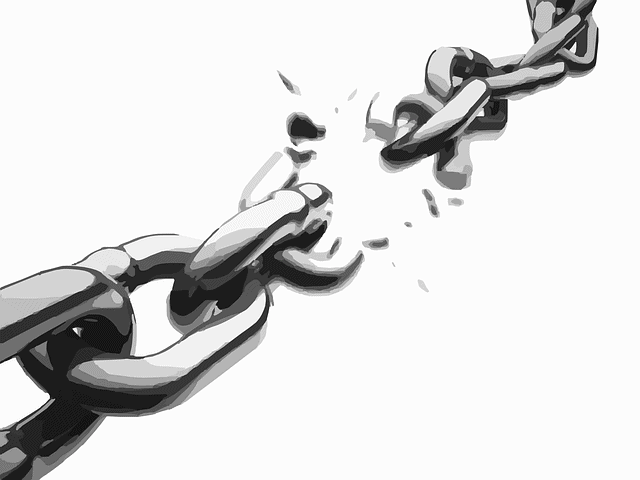
Broken chains symbolize the human rights struggle powerfully, representing the battle against oppression and the liberation of those unjustly imprisoned. The image of broken chains symbolizes the termination of slavery, forced labor, and other forms of systemic oppression.
Broken chains embody the triumph of the human spirit over hardship and the resilience of those who fight. Broken chains signify the belief that no one should be imprisoned or subjugated and everyone deserves dignity and respect. They remind us that, despite overwhelming odds, people can shatter their chains and emerge stronger and more empowered.
3. Equality Sign
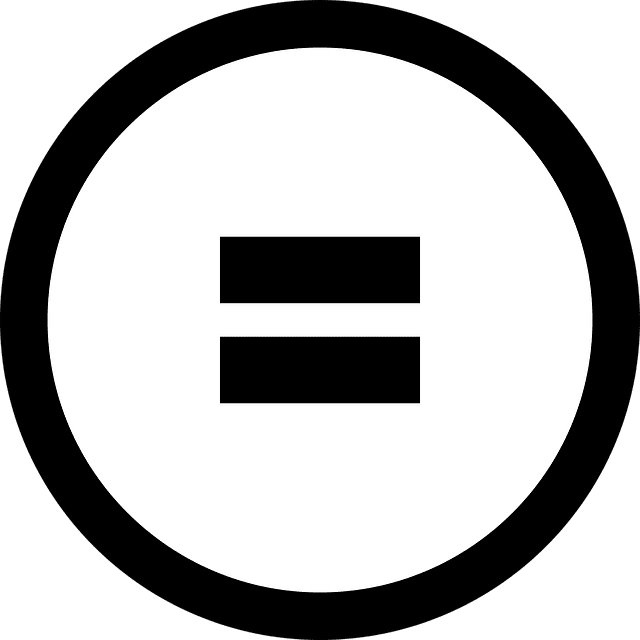
The humble equal sign (=) is much more than a mere mathematical symbol. It has transcended its numerical origins to become a powerful emblem of human rights and equality.
Standing tall against prejudice, discrimination, and inequality, the equal sign represents the fundamental principle that all individuals are equal and deserving of respect and dignity. This iconic symbol has become synonymous with social justice movements and advocacy campaigns worldwide, calling for a fairer and more equitable world.
The equal sign urges us to stand up for what is right and fight against any injustice we see, reminding us that together, we can make a difference in creating a more harmonious and balanced world.
4. Scales of Justice
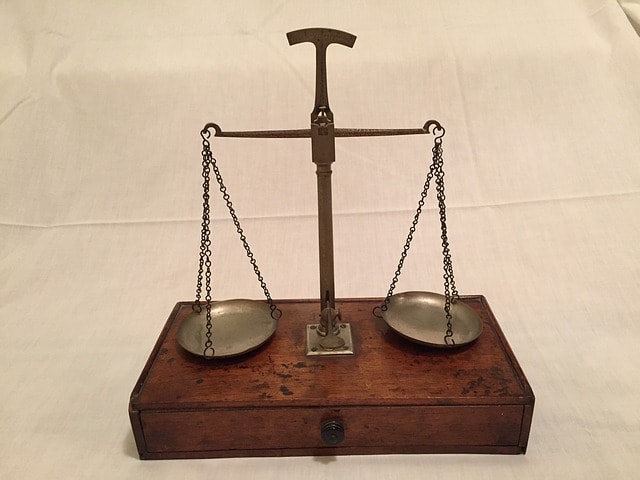
The scales of justice are an iconic symbol of human rights that have withstood the test of time. They represent the idea that justice should be objective, impartial, and balanced, regardless of one’s race, gender, or background.
The scales are often held by a blindfolded woman, representing the justice system’s impartiality and objectivity. The scales of justice are more than just a mere symbol; they embody the core principles of fairness and equality.
They serve as a constant reminder that justice should be dispensed equally and without bias. Today, the scales of justice are used by many institutions worldwide, from human rights organizations to legal courts, to signify the importance of upholding human rights and ensuring justice for all.
5. Torch

The torch is a potent human rights symbol, embodying the values of hope, liberty, and enlightenment. The image of a torch often represents the triumph of knowledge over ignorance and tyranny.
Throughout history, the torch has been used to symbolize freedom and the pursuit of knowledge, often held aloft by Lady Liberty in the United States and the Statue of Liberty in France.
It represents the light that illuminates the path to justice and freedom, guiding people to a better future. As a symbol of hope, the torch inspires individuals to take action and defend their rights, standing up against oppression and fighting for a brighter tomorrow.
6. Peace Sign
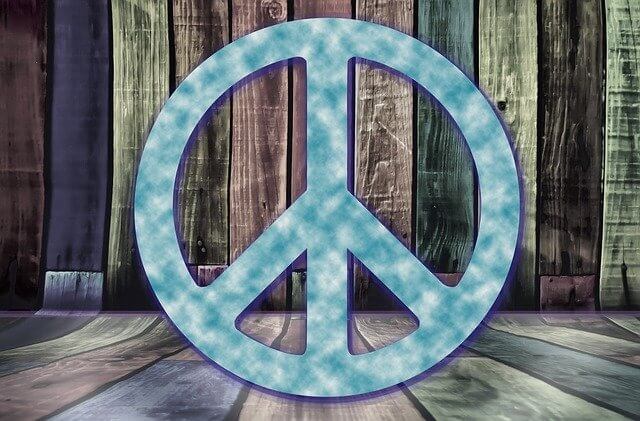
The peace sign is a globally acknowledged human rights symbol, powerfully reminding us of peace and nonviolence significance. British artist Gerald Holtom designed the peace sign in 1958 to protest against nuclear weapons.
The emblem quickly gained popularity within the peace movement and has since become synonymous with human rights and social justice fights. The peace sign embodies the conviction that everyone deserves a life free from violence and strife.
The sign features prominently in numerous global human rights organizations’ campaigns for peace, nonviolence, and an end to wars.
7. Rainbow Flag
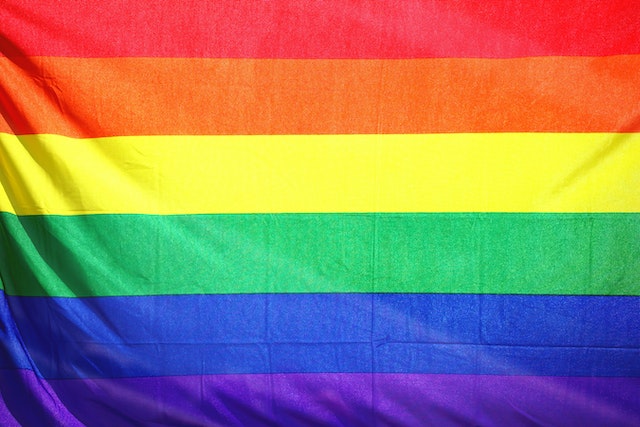
The rainbow flag is a vibrant symbol of human rights, representing the spectrum of diverse identities that enrich our world. It stands as a beacon of hope for those who have struggled for their right to love and be loved, regardless of their gender or sexual orientation.
Since its inception in the late 1970s, the rainbow flag has evolved into a powerful symbol of unity and inclusion, inspiring countless individuals to come together and stand up for their rights. It continues to serve as a reminder that love is love, and everyone has the right to live their lives with dignity and respect.
8. Dove of Peace
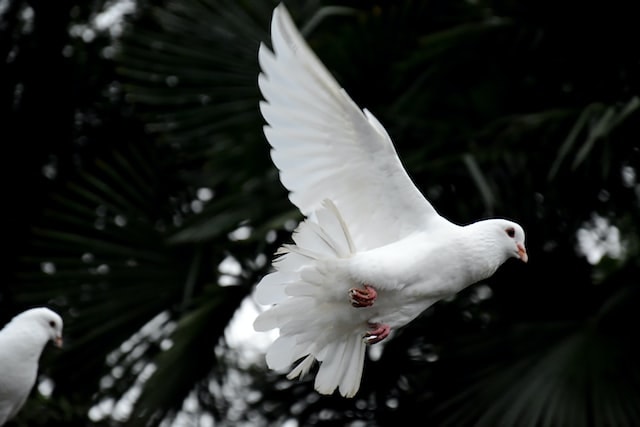
The image of a dove carrying an olive branch symbolizes the end of conflict and the beginning of peace. It has become a widely recognized human rights emblem, representing the fundamental right to live in a peaceful and conflict-free world.
The dove of peace is not just a symbol of an absence of war; it also embodies the concept of human rights, including the right to live freely without fear and the right to equal treatment and protection.
The dove’s gentle and non-violent nature promotes non-violent solutions to conflicts and inspires people to strive for a more peaceful and just society.
9. Raised Fist

The raised fist is an iconic symbol of human rights and social justice, representing the ongoing struggle for equality, freedom, and unity. This powerful emblem has a rich history dating back to the labor and civil rights movements, where it was used as a symbol of resistance against oppression and discrimination.
The raised clenched hand represents the idea that individuals have the power to effect change and take control of their destinies. It symbolizes the spirit of solidarity and strength, reassuring us that we are not alone in our quest for justice and fairness.
The raised fist serves as a call to action, inspiring us to stand up for our rights and fight against injustice wherever it may be found.
10. Human Rights Watch
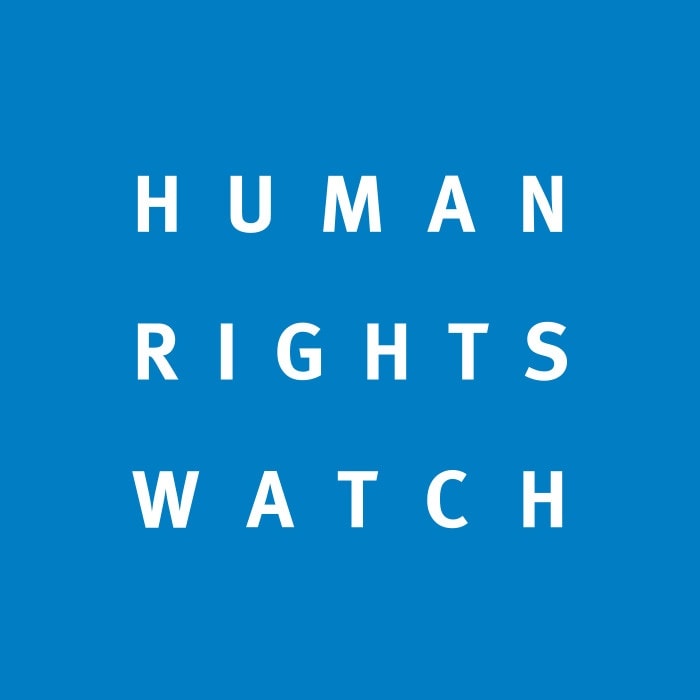
Human Rights Watch is an unwavering advocate for human rights, consistently and tirelessly fighting for the protection of basic freedoms and liberties. With an extensive track record of investigating and exposing human rights violations, the organization has become a powerful voice for change and justice.
Human Rights Watch represents a beacon of hope and courage, standing up for those whose rights have been trampled and advocating for their dignity and respect. The organization’s tireless efforts remind us of the ongoing struggle to safeguard human rights and promote equality and justice.
As an emblem of perseverance and commitment, it inspires individuals worldwide to unite and work towards a better future for all.
11. Universal Declaration on Human Rights

The Universal Declaration on Human Rights is more than just a document; it’s a statement of our collective values as a global society. This landmark agreement, signed in 1948, is the foundation of modern human rights law and has been a beacon of hope for those fighting for justice and equality ever since.
The Declaration is a symbol of our shared commitment to protect and promote the basic freedoms of every individual, regardless of their race, gender, religion, or any other characteristic.
It reminds us that we are all entitled to life, liberty, and security, and inspires us to work together to ensure that these rights are respected and upheld around the world.
12. Red Ribbon
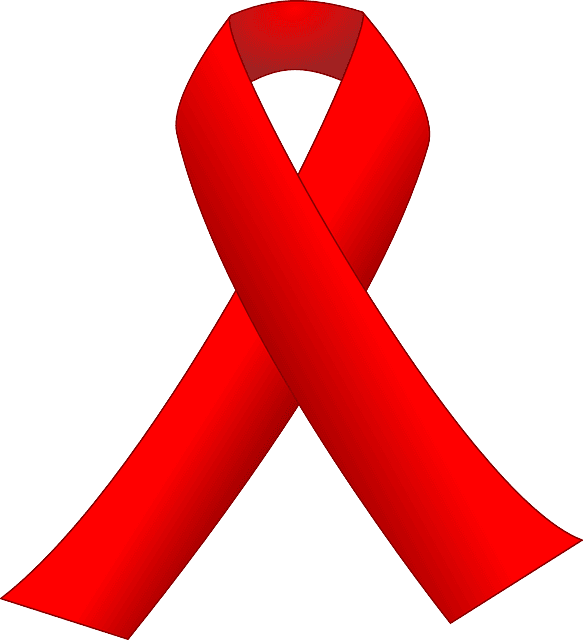
The red ribbon has become a widely recognized symbol of solidarity and support for people living with HIV/AIDS, and it has played a crucial role in raising awareness about the need for human rights protection for people affected by this disease.
The ribbon’s deep red color serves as a reminder of the suffering and stigma that many people living with HIV/AIDS face daily. The red ribbon symbolizes the importance of human rights protection, including access to healthcare, non-discrimination, and equal treatment, for those affected by HIV/AIDS.
It has become a powerful tool for activists and organizations worldwide, helping to combat the stigma and discrimination associated with the disease and advocating for the rights of people living with HIV/AIDS.
13. The European Convention on Human Rights
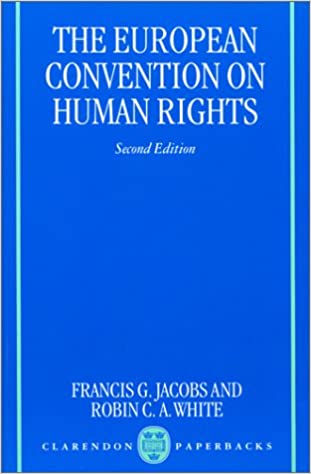
The European Convention on Human Rights stands out as the most comprehensive human rights document globally, guarding the fundamental rights and freedoms of the people of Europe.
Its adoption by the Council of Europe in 1950 marked a new era in human rights protection. Today, the European Convention serves as a model for human rights safeguards worldwide, inspiring other countries to follow suit.
The Convention reflects the significance of preserving universal freedoms and dignity for all individuals in Europe. It has been a powerful tool in the fight against human rights abuses, creating a safer and fairer society for everyone.
14. UN Emblem
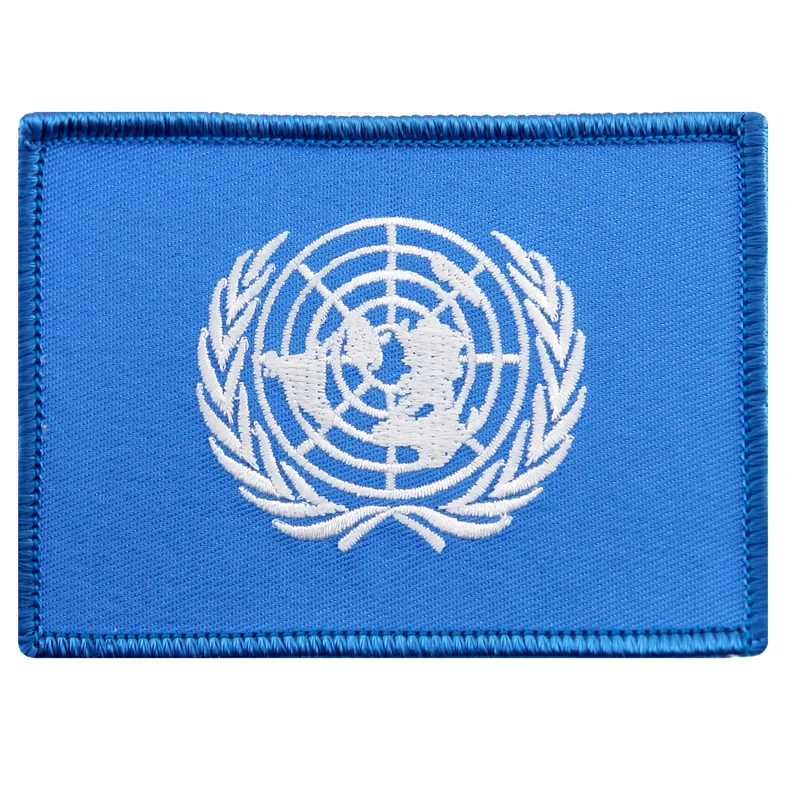
The UN emblem is a symbol of human rights as it represents the UN’s commitment to uphold and protect human rights worldwide. The emblem is composed of a world map surrounded by olive branches, symbolizing peace, and a blue background, representing the UN’s role as a global organization promoting human rights and freedoms.
The UN emblem serves as a visual reminder that human rights are a fundamental aspect of the UN’s mission and that the organization works to ensure that they are upheld and respected in all countries.
The emblem has become an iconic symbol of global cooperation in the fight for human rights and the quest for a more equitable and just world.
15. Pink Triangle
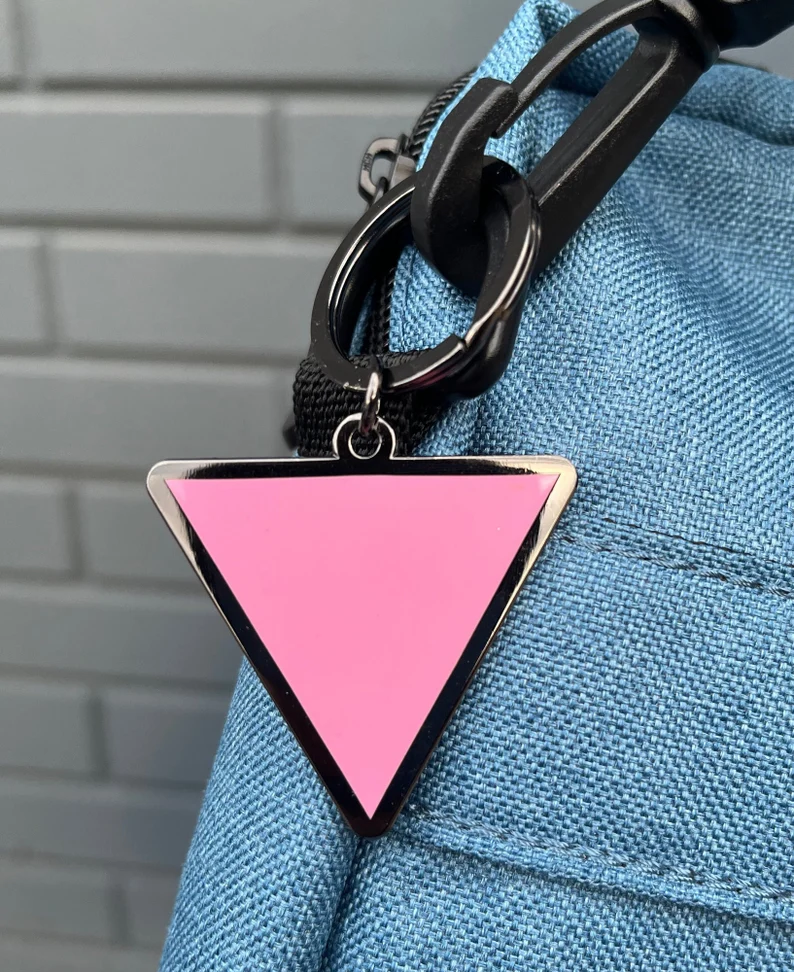
The pink triangle is a symbol of human rights, specifically for the LGBTQ+ community. Originally used as a badge of shame to identify gay prisoners in Nazi concentration camps, it has since been reclaimed as a symbol of pride and resilience.
The pink triangle serves as a reminder of the persecution and discrimination faced by the LGBTQ+ community throughout history and highlights the continuing struggle for equality and acceptance.
This symbol also emphasizes the importance of visibility and advocacy for human rights, encouraging individuals to stand up against discrimination and fight for a more inclusive society. The pink triangle remains a powerful emblem of the LGBTQ+ rights movement, embodying the resilience and strength of the community.
The Vibrant Emergence and Expansion of Human Rights
Tracing its origins to ancient civilizations and spiritual traditions, the colorful tapestry of human rights weaves its way through history. The Magna Carta, a groundbreaking milestone in 1215, heralded the notion that everyone, even the mightiest monarch, bows before the law.
Visionary Enlightenment thinkers such as John Locke and Jean-Jacques Rousseau championed the cause of human rights, igniting a passion for the intrinsic rights shared by all, encompassing the sacred trinity of life, liberty, and property. The cataclysmic events of the Second World War and the chilling horrors of the Holocaust catalyzed a global awakening in recognizing and safeguarding human rights.
From the ashes of these unspeakable tragedies, the United Nations rose like a phoenix in 1945, its wings outstretched to foster global peace and cooperation. Among the UN’s crowning achievements shines the Universal Declaration of Human Rights (UDHR) in 1948, a radiant beacon illuminating an extensive array of fundamental rights and freedoms for all humanity, transcending race, ethnicity, gender, and religion.
Contemporary Human Rights Challenges
The present human rights landscape brims with urgent issues requiring immediate focus and action. Climate change, an unyielding force, exacerbates disparities and endangers basic rights like access to clean water, food, and a secure environment.
Simultaneously, technological innovations, such as artificial intelligence and surveillance, raise new ethical dilemmas and risks concerning privacy, freedom of expression, and protection against discrimination.
Conflicts and humanitarian crises persistently displace millions, underscoring the dire need for lasting solutions and defending refugees’ rights. The battle against systemic racism, gender inequality, and LGBTQ+ discrimination continues.
Wrapping Up
Symbols of human rights hold great significance in promoting and protecting basic freedoms and liberties. They serve as powerful reminders of our shared responsibility to uphold human dignity and fight against discrimination and oppression.
These symbols remind us of the continuing battle for equality and justice and the importance of defending each individual’s rights. They’ll continue to be essential in advancing human rights and shaping a more inclusive and tolerant society.
Similar articles:
25 Symbols of 4th of July and What They Really Mean

